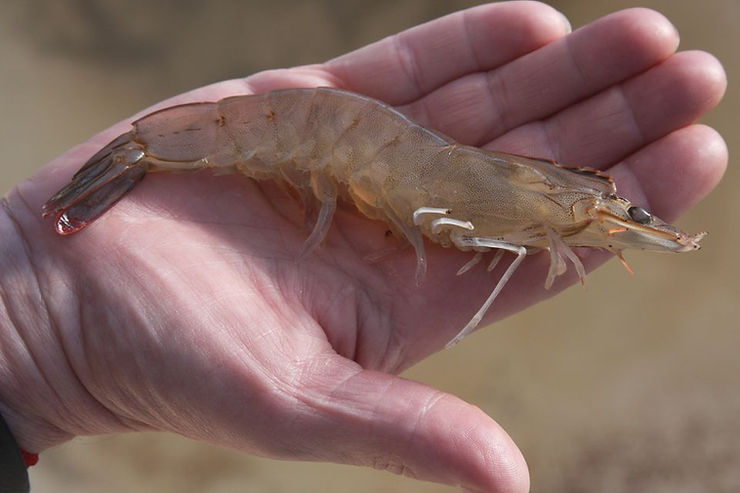By: Tristan Sun
On Fuerteventura, one of the Canary Islands, whale skeletons litter the coastline in a display of the damaging effects of sonar on marine life. Sonar from ships and submarines, a technology for mapping and exploring the ocean, is thought to be a root cause of whale strandings here; it disorients the whales, causing them to beach themselves along the shore.
Lori Adornato, a project manager at US military research agency Darpa, believes there exists a more whale-friendly solution. Her project, dubbed Persistent Aquatic Living Sensors (Pals), uses a novel approach: instead of treating natural sound as background noise and filtering it out, the Pals system eavesdrops in on sea life to in an attempt to find a signal.
Besides the danger to whales and other marine life, current air-deployed sonar buoys – deployed by the military to detect underwater threats – only function for a few hours. With a suitable reef-dwelling species that lingers in one place, the Pals system could monitor a large area for months.
Pals is currently funding a handful of research teams, each using diverse species of marine creatures. One such group, the Grouper Guard Team at Florida Atlantic University, focuses on the loud calls of the Atlantic goliath grouper. These goliath fish weigh up to 300kg (660lb) and produce deep, guttural booms to deter intruders in their territory.
The work of the Pals team at defense contractor Raytheon bears more resemblance to traditional sonar systems. Snapping shrimp, often dubbed the “world’s loudest animal,” (Noreen) have asymmetrical claws, the larger of which is capable of producing sounds of up to 210 decibels (loud enough to burst your lungs!). To make sense of the returning sound, researchers on both teams have developed computer algorithms that extract the position of the shrimp, work out the path traveled by the sound waves, and finally deduce the position of fish, submarines, and other vessels.
Sidharth Kaushal, a UK naval warfare specialist at defense think tank RUSI has reason to be skeptical. Previous attempts to detect submarines with bioluminescent plankton by both the Soviets and Americans resulted in failure partially because “they had no way of differentiating false positives, such as the reaction from a passing whale, from the real thing.”
Pals has already completed its first feasibility pilot and hopes to demonstrate its effectiveness through field testing in 2023. If proven effective, the technology would be licensed to the US Navy and turned into a production system. Perhaps a living ecosystem of sensors will become the standard someday.











